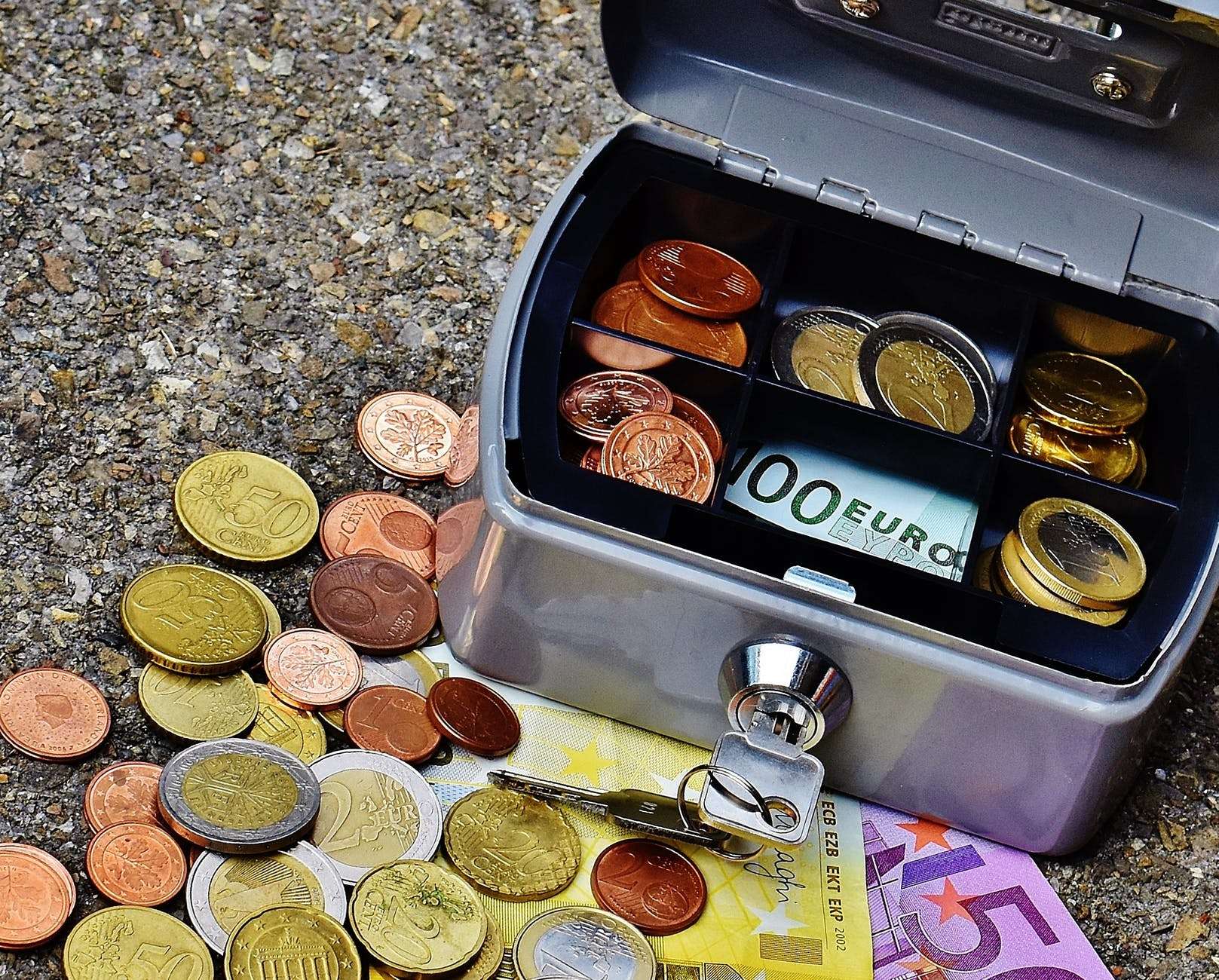How to Reconcile Petty Cash

If you’re managing petty cash, understanding the process of reconciliation is vital. This makes sure all transactions are accounted for and any issues are solved. Here, we’ll look at the steps of reconciling petty cash and give some tips to make it simpler. How to reconcile petty cash.
Understanding Petty Cash Reconciliation
Reconciling petty cash makes sure funds are managed properly and reduces the risk of loss or misuse. Do this regularly to achieve financial accuracy and protect against possible problems. Take control of your financial processes today and set up a thorough reconciliation system.
This will give improved transparency, accuracy, and accountability. Here are some simple steps to reconcile petty cash:
- Accurately document all expenses. Save receipts and record them in a ledger or accounting software. This means you’ll know where the money’s going.
- Then, compare recorded transactions with the actual amount of cash. Count the remaining cash and check if it matches the documented expenses. Investigate any differences to spot errors or possible fraud.
- Check that all transactions are legitimate and have the right documentation. Make sure receipts are properly filled out and signed by those involved. This prevents fraudulent claims or unauthorized use of petty cash.
- To simplify reconciliation, use measures like pre-approval for all expenditures and numbered vouchers for each transaction. These help prevent discrepancies and promote accountability.
A table gives a better understanding of petty cash:
| Item | Description |
|---|---|
| Purpose | Manage daily expenses |
| Amount | Usually $100 to $500 |
| Management | Assign one person |
| Reimbursement | Require receipts and docs |
Plus, remember that effective control and monitoring is essential. Therefore, assign a custodian to watch over the money, keep records, and pay back. Additionally, some organizations use modern tech, like mobile expense management apps. These tools make tracking, approval, and reimbursement smoother.
(Source: Financial Management Association)
Importance of Reconciling Petty Cash
Reconciling petty cash is vital for accurate financial records. It helps to guarantee visibility and responsibility in dealing with small cash transactions in an organization. Not reconciling petty cash can cause issues and potential fraud, making it crucial to frequently review and balance these funds.
- Reconciling petty cash allows businesses to recognize any unapproved or deceitful activities. By comparing the documented transactions with the physical cash on hand, disparities can be spotted and investigated quickly.
- This process enables tracking and controlling of expenses. Regular reconciliations allow businesses to observe how petty cash is being used, making sure that spending is in line with the accepted budget.
- Thirdly, reconciling petty cash encourages accurate financial reporting. By keeping careful records and routinely reconciling the funds, businesses can furnish a precise account of their expenses, which is crucial for budgeting, taxation, and decision-making.
To further enhance accuracy in reconciling petty cash, organizations should deploy suitable internal controls for cash security such as having assigned custodians responsible for the fund’s dispersal and reconciliation. Moreover, using digital tools like expense management software can simplify the reconciliation process and reduce the chances of human errors or manipulation.
In a real-life case of why reconciling petty cash matters, a small retail store detected major discrepancies in their petty cash fund during an audit. On investigation, it was found that an employee had been stealing money by making up expense reimbursements. The regular reconciliation process uncovered this fraudulent activity quickly, allowing appropriate action to be taken against the dishonest employee and preventing more financial losses.
Steps to Reconciling Petty Cash
To reconcile petty cash, you must have a structured approach. To do so, follow these steps:
- Count the Cash. Check all denominations and make sure it matches the recorded balance.
- Review Expenses. Confirm expenses are correct, dated and authorized. Compare expenses against the fund.
- Replenish the Fund. Work out how much was spent and pay back that amount from the main account into the petty cash fund.
For tracking reconciliations, consider using an electronic system or spreadsheet. This will help you find any trends or patterns that need investigating.
At ABC Company, they experienced a shortage of $50 when reconciling their petty cash. After reviewing receipts, they discovered an expense had been double-counted by mistake, leading to an incorrect expense. The issue was quickly fixed, highlighting how vital proper reconciliation processes are.
Best Practices for Reconciling Petty Cash
For financial control, managing petty cash correctly is essential. Here are some best practices to reconcile it:
- Set a petty cash policy: Define clear rules and limits.
- Record all transactions: Use receipts and log sheets.
- Count and replenish: Check the cash often and replace it.
- Assign different people: Separate the roles of disbursement and reconciliation.
- Audit unexpectedly: Make sure actual cash matches records.
- Use software or spreadsheets: Streamline the process and prevent mistakes.
Consistency and following the right steps are important. Monitoring and guidance will help avoid misuse. Training or guidelines should be given to employees before taking money from the petty cash box.
Reconcile Petty Cash
In the frenzied realm of the cash cycle, reconciling petty cash can be daunting. However, with a few easy steps and attention to detail, this process can be efficient.
- Firstly, make sure all receipts are documented. This prevents muddles and records all costs.
- Also, review and cross-check receipts with the petty cash log.
- Secondly, understand the reason for each transaction. Categorize them into groups such as office supplies, travel expenses, and miscellaneous.
- Thirdly, have an exact running balance of the fund. This avoids any future discrepancies and finds any missing/unaccounted funds.
To conclude, following these guidelines and having a disciplined approach to managing petty cash guarantees accurate, organized, and up-to-date financial records. Take charge and optimize your business operations today! Reconcile your petty cash with care and observe your company’s financial success grow. If you don’t have a petty cash fund, then start a petty cash fund today.
Frequently Asked Questions (FAQ)

1. How often should petty cash be reconciled?
Petty cash should be reconciled at least once a month. This allows for proper tracking of expenses and ensures that the petty cash fund remains balanced.
2. What is the process for reconciling petty cash?
The process for reconciling petty cash involves comparing the receipts and documentation for the expenses made from the petty cash fund with the amount of cash remaining in the fund. Any discrepancies should be investigated and resolved.
3. What should be included in the petty cash reconciliation process?
In the petty cash reconciliation process, you should include the verification of all expenses made from the fund, ensuring that the receipts are accurate and match the recorded transactions. You should also count the cash remaining in the petty cash fund to ensure it aligns with the recorded amount.
4. How should discrepancies in the petty cash fund be addressed?
If there are discrepancies in the petty cash fund, they should be thoroughly investigated to identify any errors or potential fraud. The individuals responsible for the petty cash fund should be notified, and appropriate actions should be taken to resolve the discrepancies and prevent future occurrences.
5. Are there any best practices for reconciling petty cash?
Yes, some best practices for reconciling petty cash include keeping thorough records of all transactions, implementing a system for tracking expenses, and having multiple individuals involved in the reconciliation process to ensure accountability and accuracy.
6. Can an automated system be used to reconcile petty cash?
Yes, an automated system can be used to reconcile petty cash. There are various software and online tools available that can streamline the process and make it more efficient. However, it’s still important to conduct regular manual audits to ensure accuracy and prevent any potential issues.
















Leave a Reply